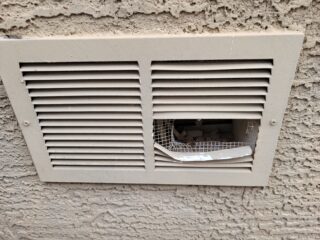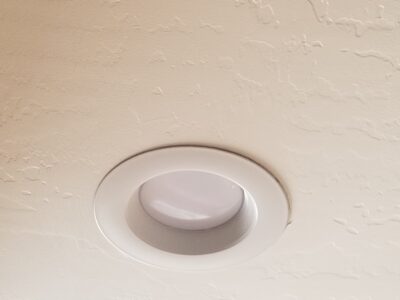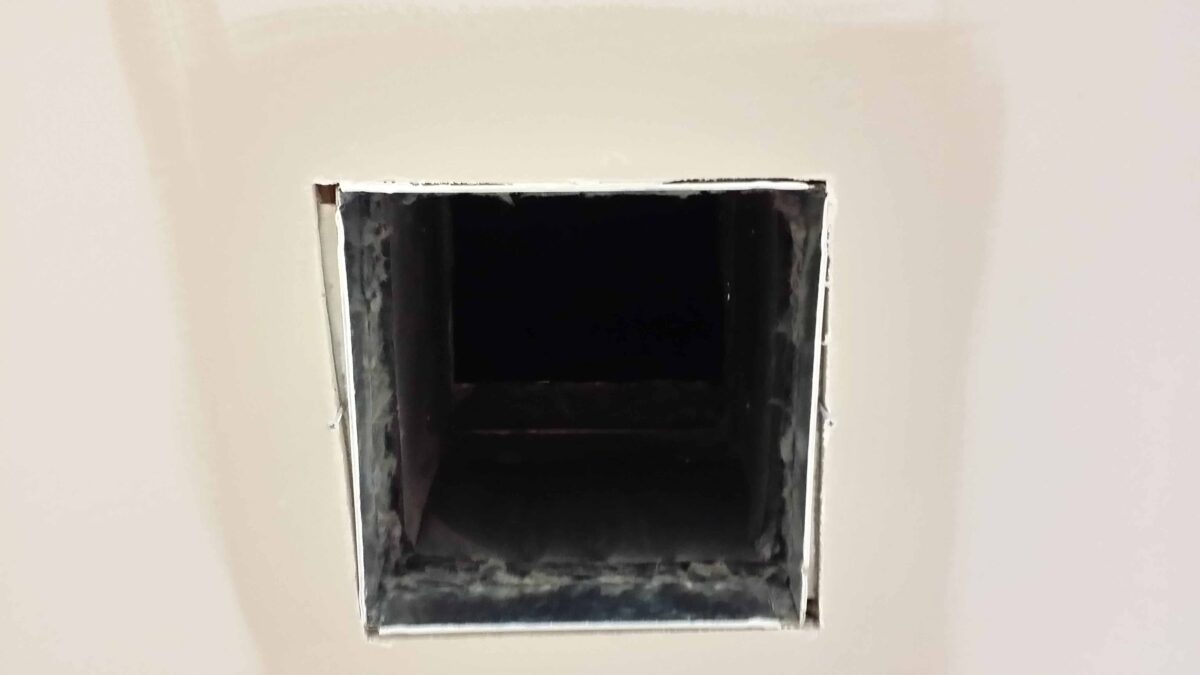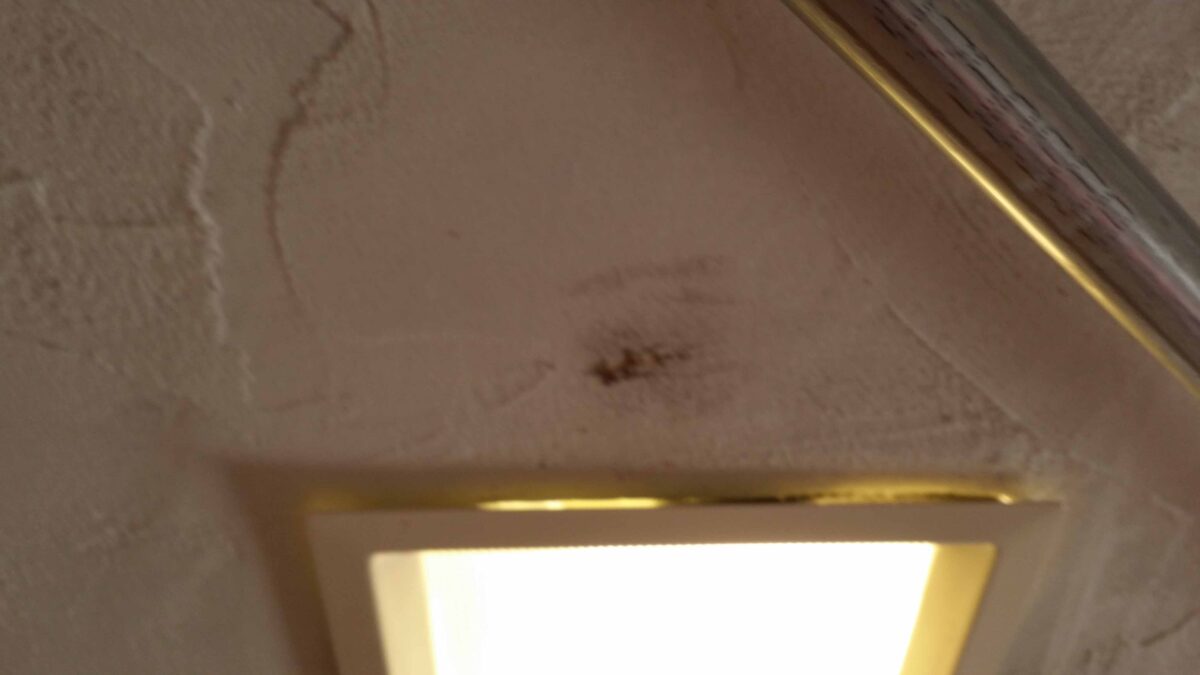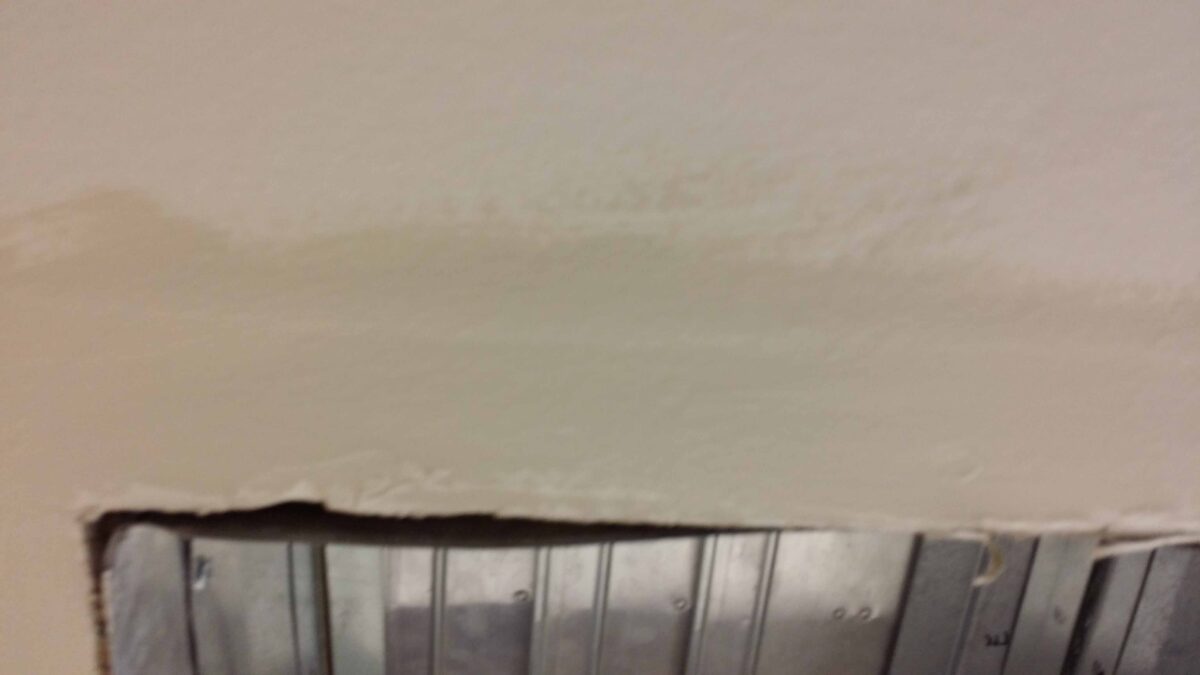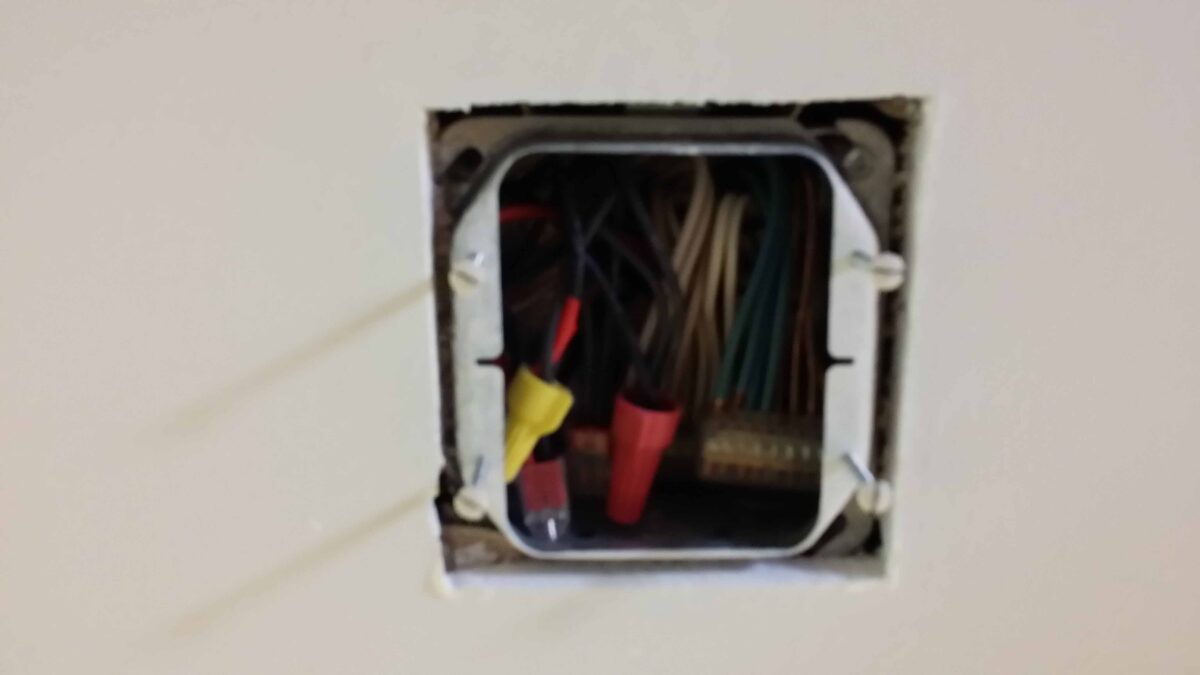Vents & Rodents
Vents & Rodents, can cause serious issues with homeowners and businesses alike. Along with sanitary issues they can also spread diseases. They constantly urinate and defecate and can also walk over food. I’ve even heard that in some places they can bite sleeping infants in cribs and beds.
What to look for?
- Small openings or that matter any opening.
- Garage doors that don’t close completely.
- Trees that touch homes or businesses.
- Screens that don’t fit properly.
- Doors that don’t have seals or sweep brushes.
- Don’t take into home, attic materials open in garage.
When in doubt call ProBest Pest Management 480-831-9328 or 623-414-0176 and we can help, bugs to weeds and anything in-between.


